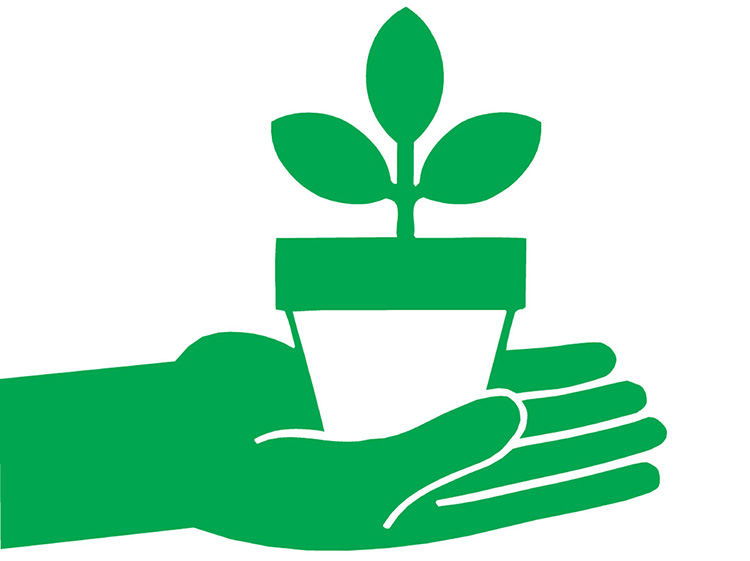
By Mary Jane Frogge, Extension Associate in Lancaster County
The last Friday in April is National Arbor Day. Plant a tree or support an organization which plants trees.
Prune spring blooming shrubs such as forsythia and spirea after they have completed flowering.
Consider planting native perennials that are beneficial to native pollinators like solitary bees, bumblebees and butterflies. Native plants include coreopsis, coneflower, aster, liatris, goldenrod, pasque flower, butterfly milkweed, pitcher sage, bee balm and purple poppy mallow.
Cut flower stalks back to the ground on daffodils, hyacinths and other spring flowering bulbs as the flowers fade. Do not cut the foliage until it dies naturally. The leaves are necessary to produce strong bulbs capable of reflowering next year.
Measure the rainfall with a rain gauge posted near the garden so you can tell when to water. The garden needs about 1 inch of rain per week from April to September.
Do not add organic matter to the soil when planting trees. It does not help the plant become established and it may create conditions that encourage the roots to stay inside the planting hole instead of spreading to surrounding soil. Do dig a large planting hole, but fill it with the original soil removed from it.
Do not restrict yourself to buying plants in bloom. Petunias that bloom in the pack are often rootbound or overgrown and after planting will actually be set back and cease to bloom for about a month. Plants without blossoms will actually bloom sooner and will grow better as well.
To extend the blooming period of gladiolus, plant early, middle and late-season selections each week until the middle of June. Choose a sunny location and plant the corms 4–6 inches deep and 6–8 inches apart.
Seed bare spots in your fescue or bluegrass lawn.
Put a birdhouse in the garden to attract insect-eating friends.